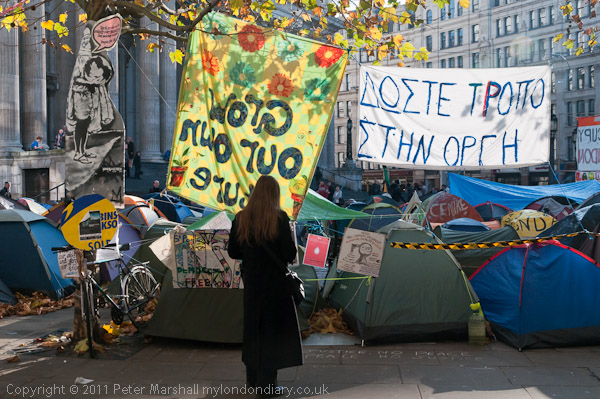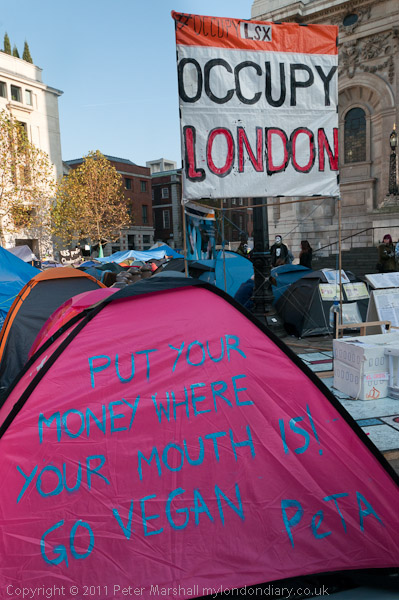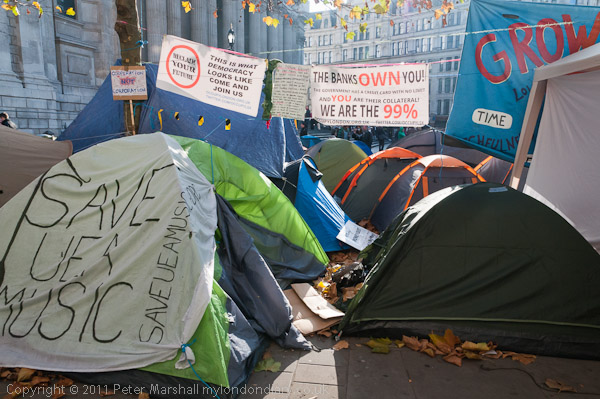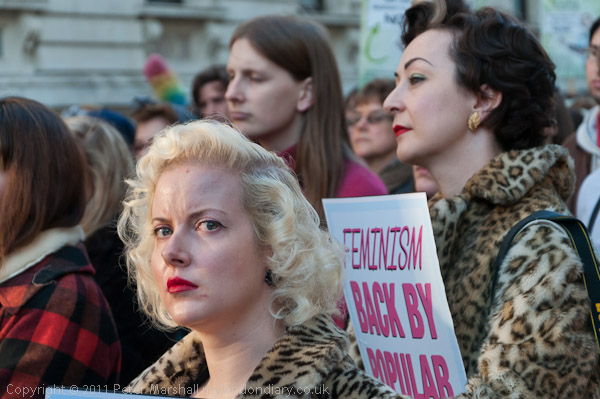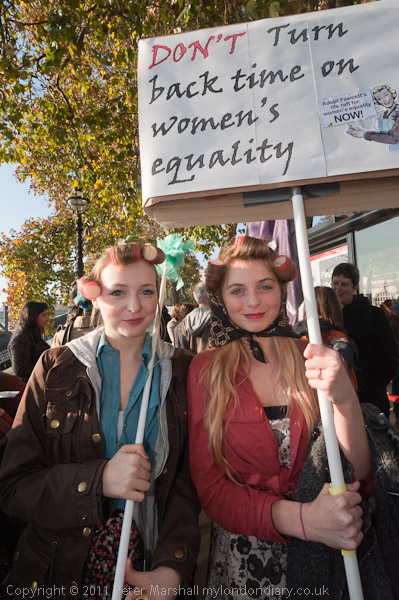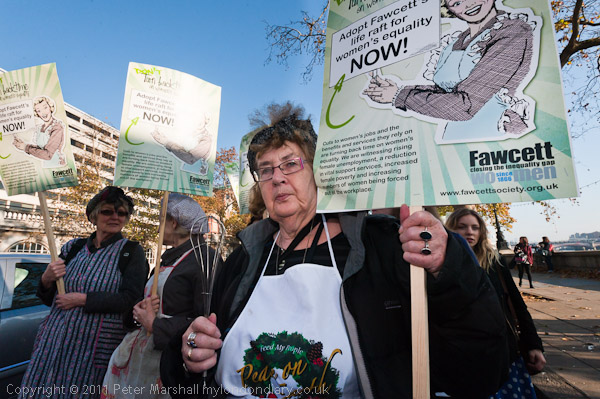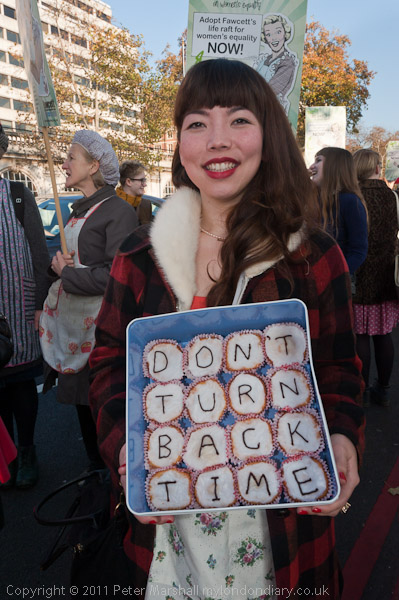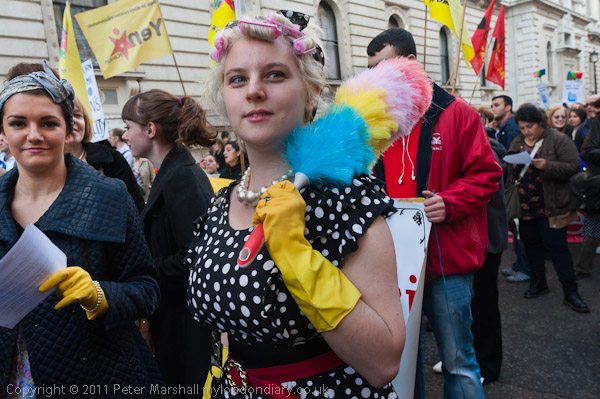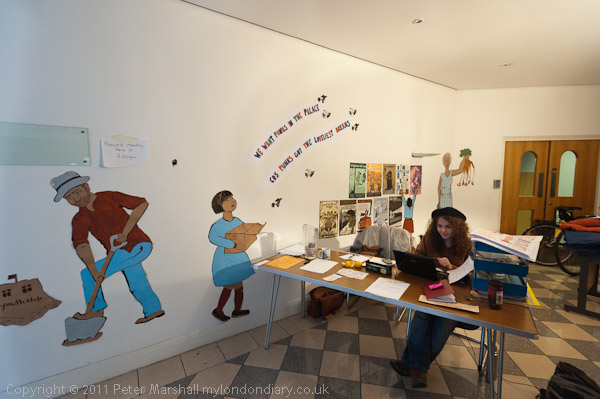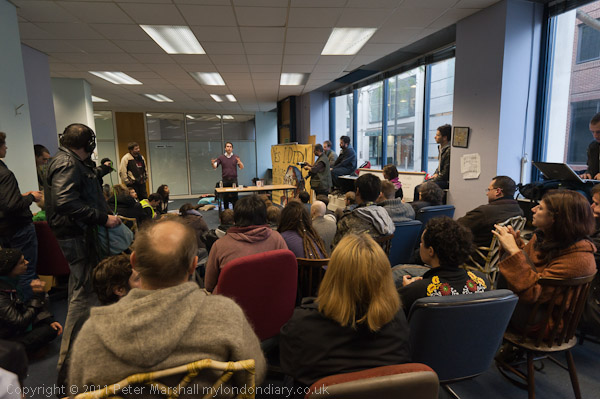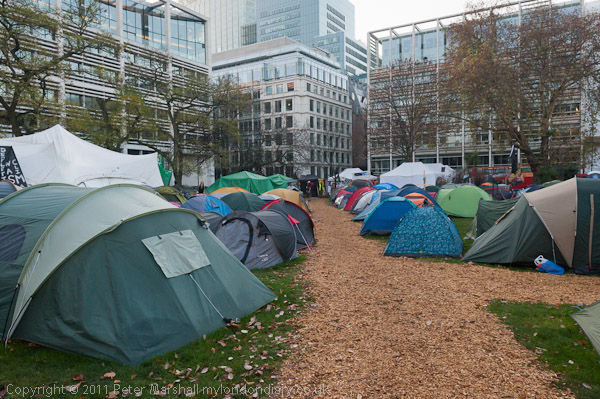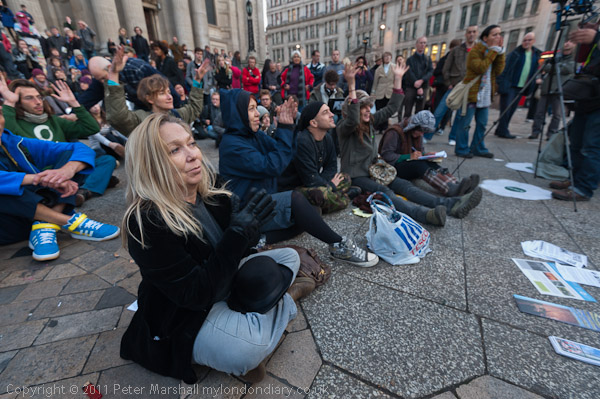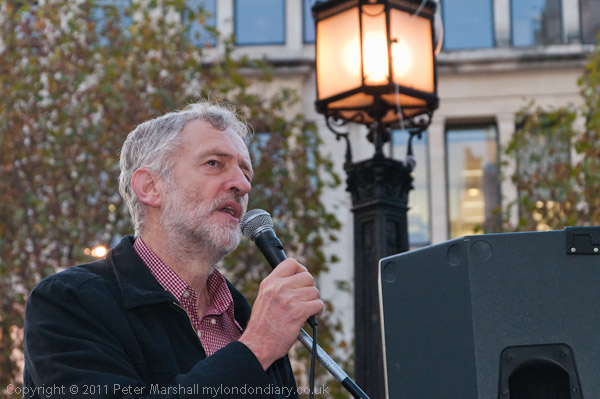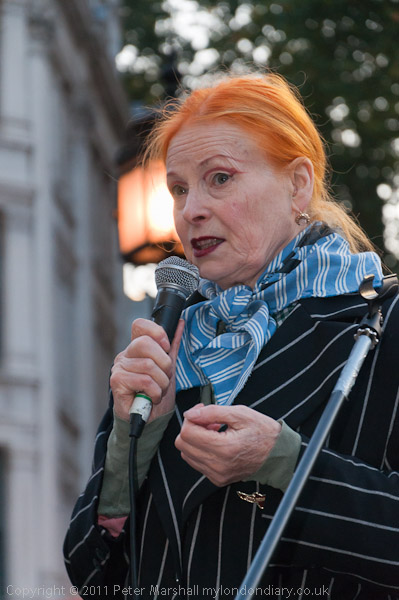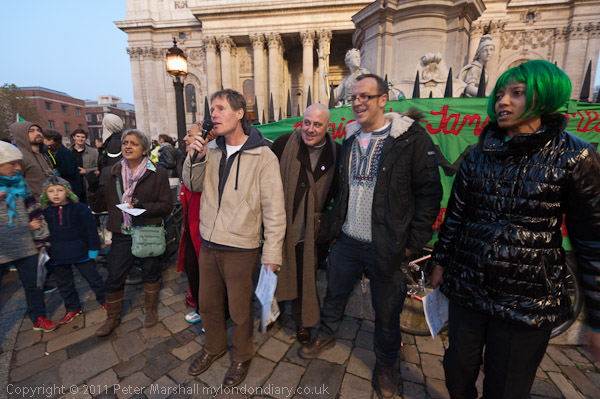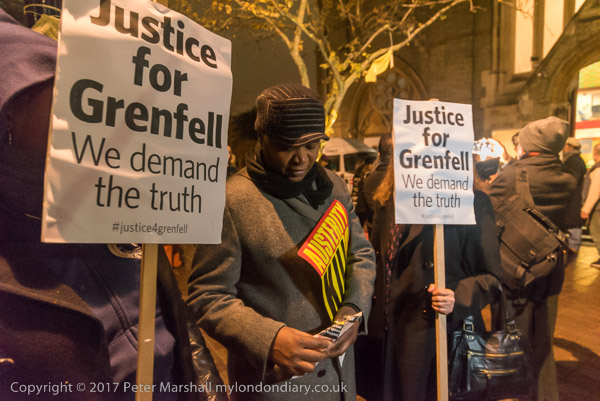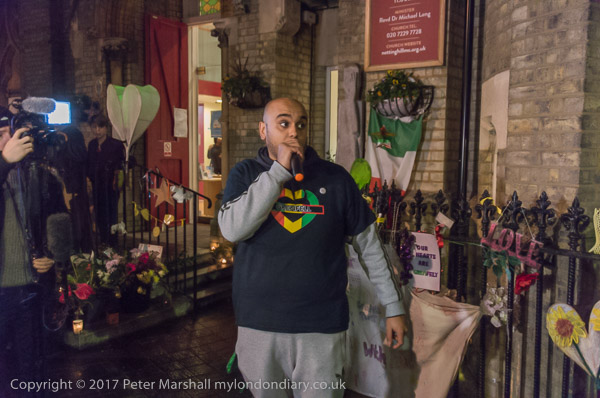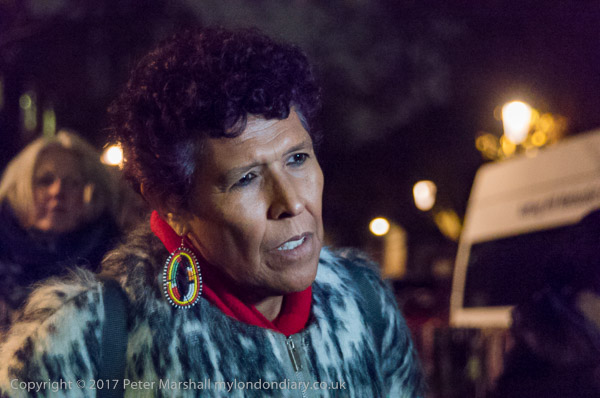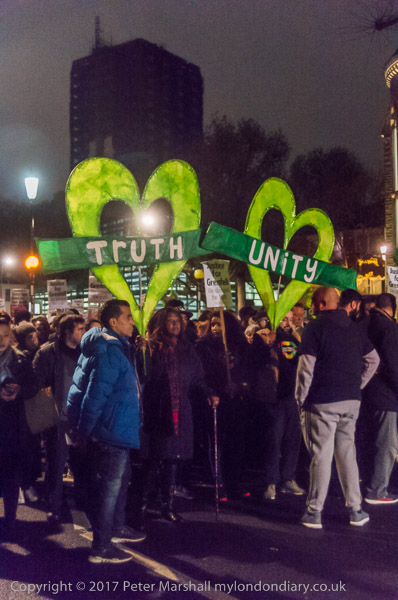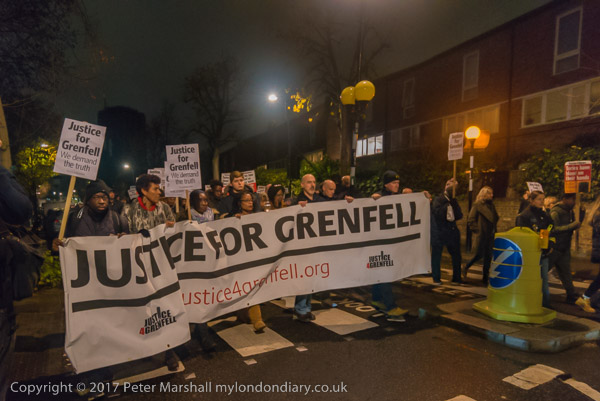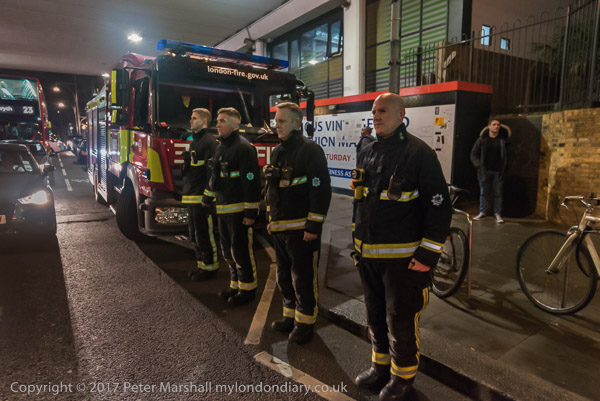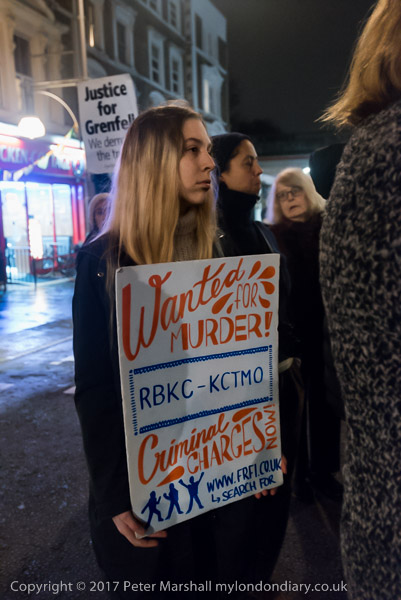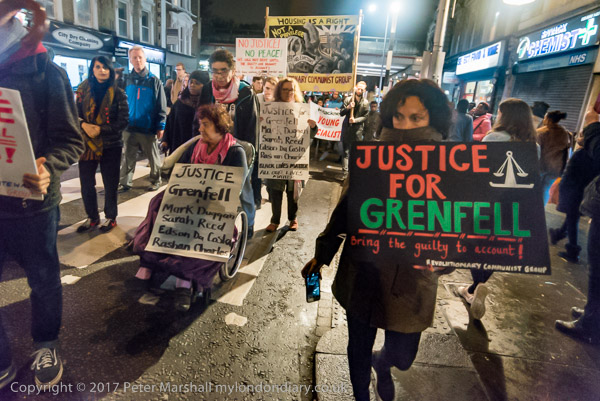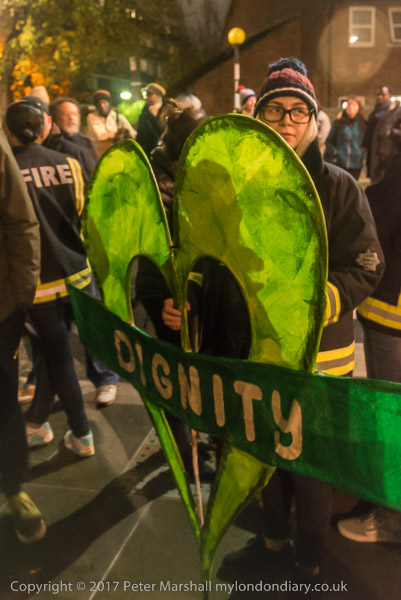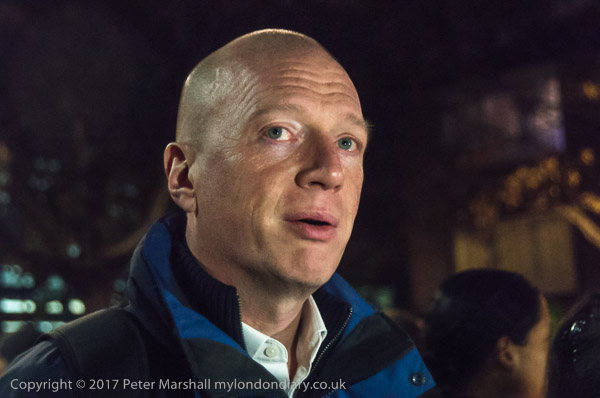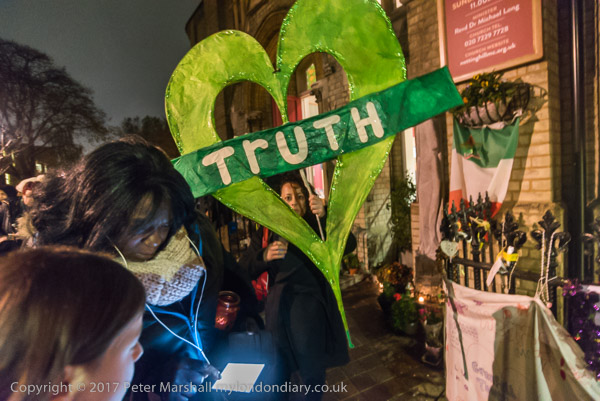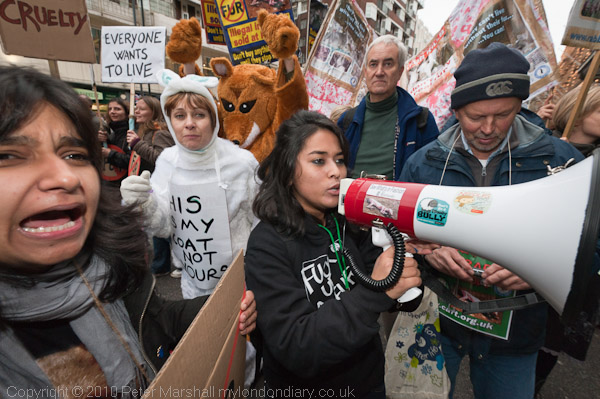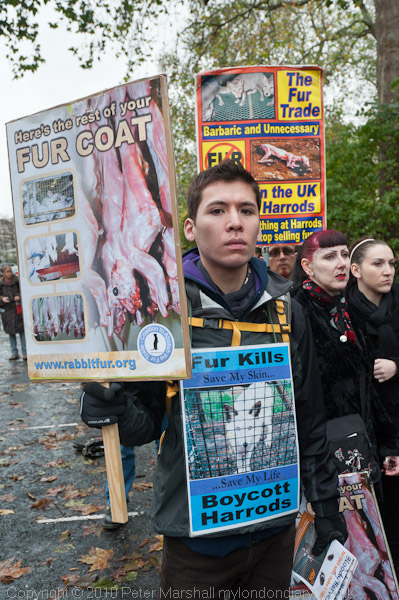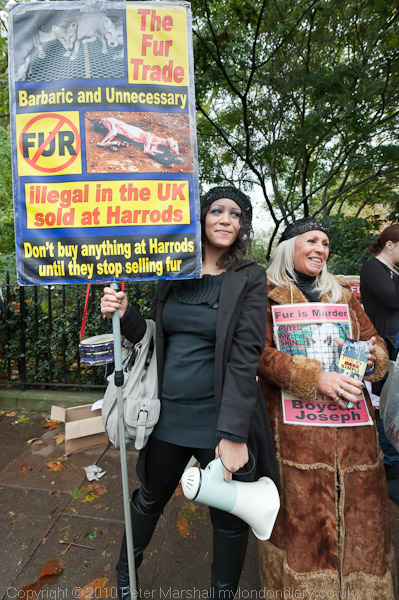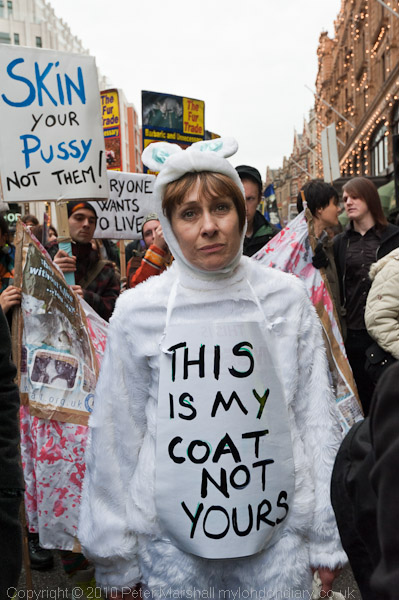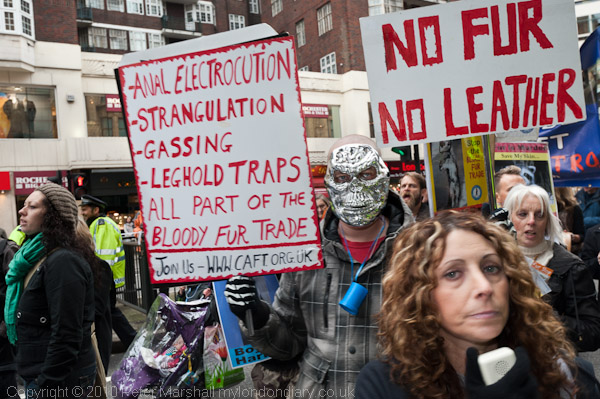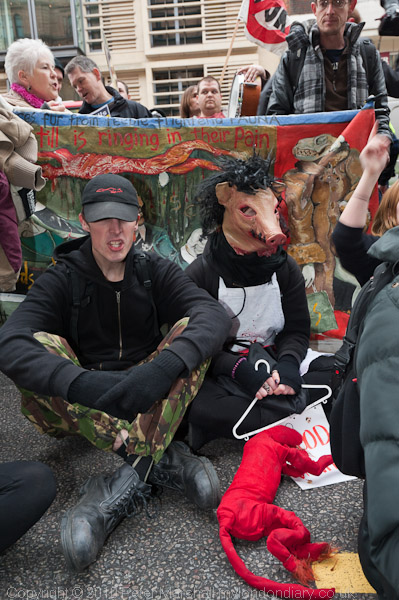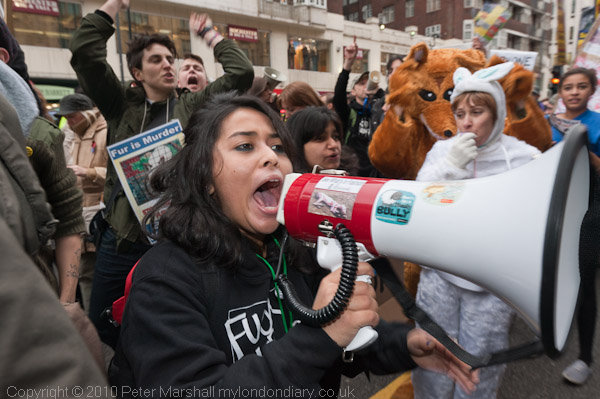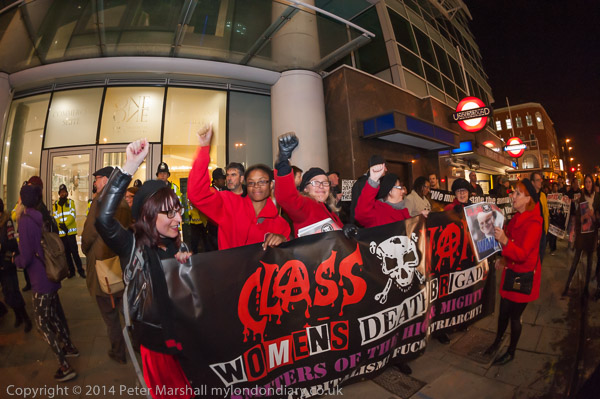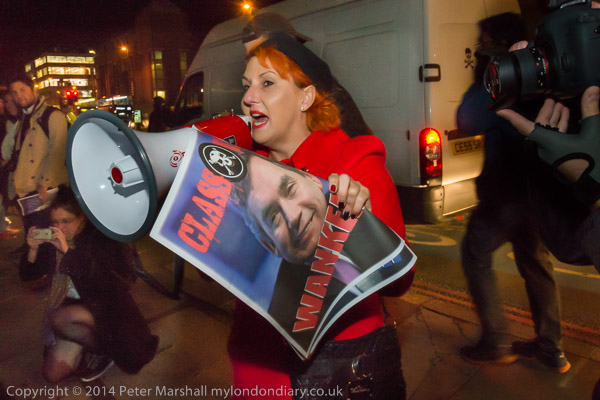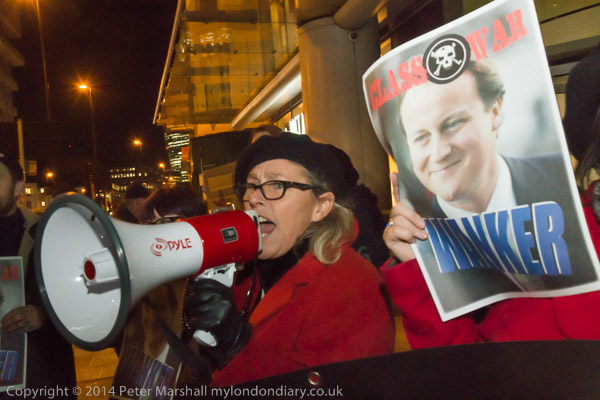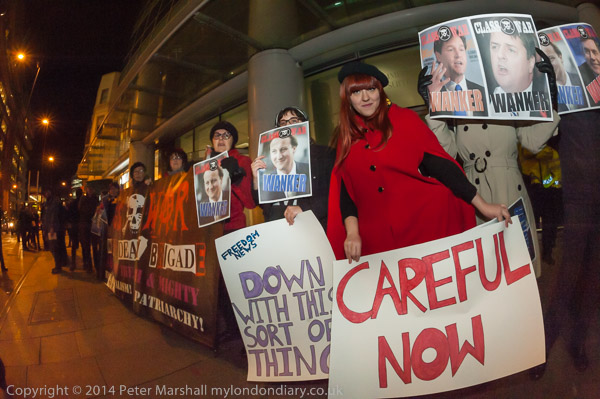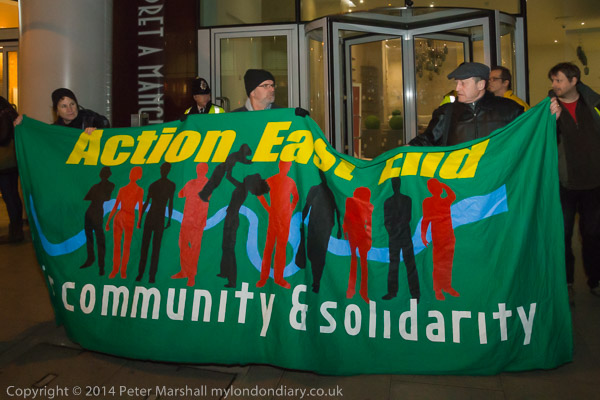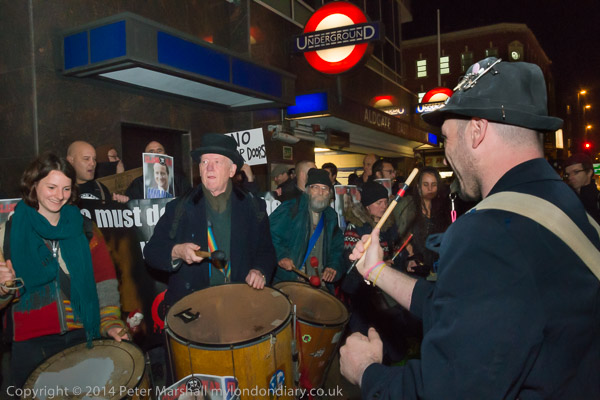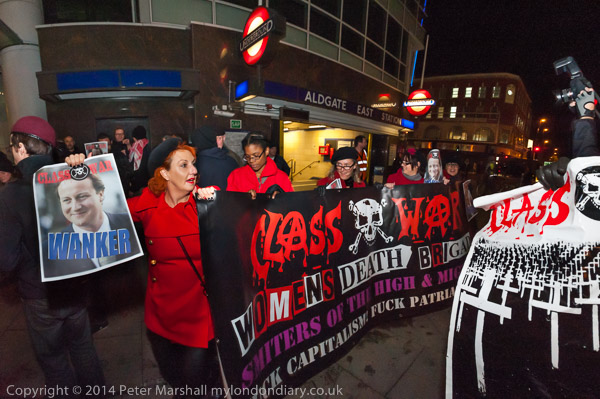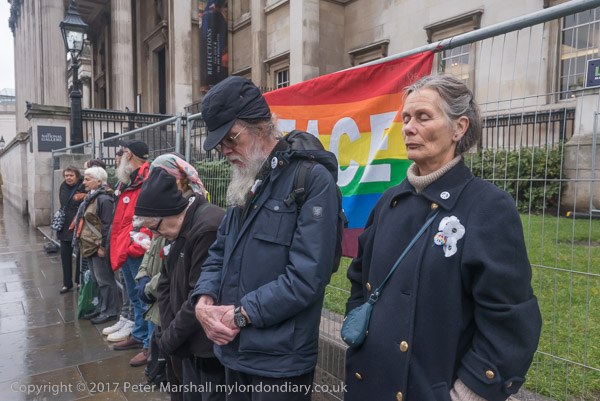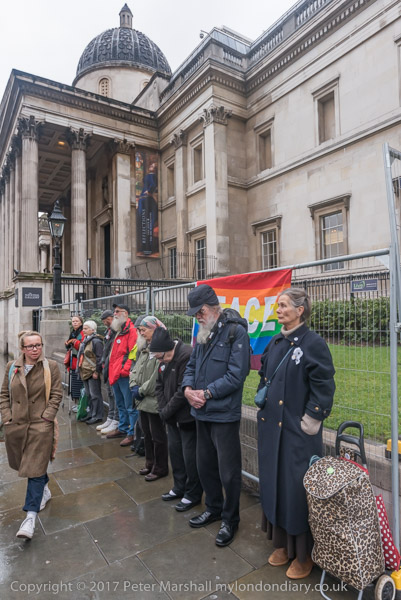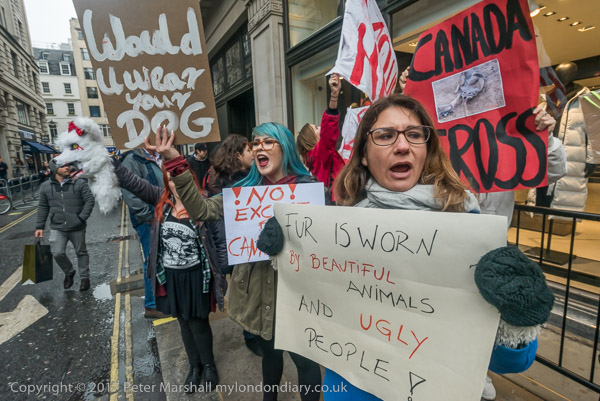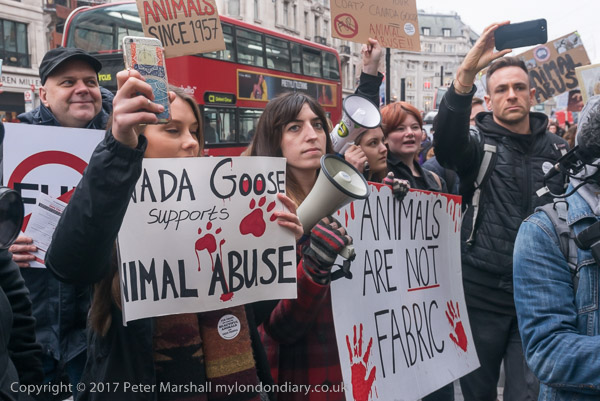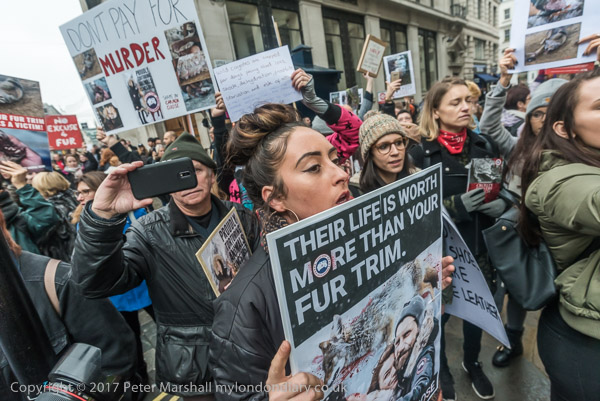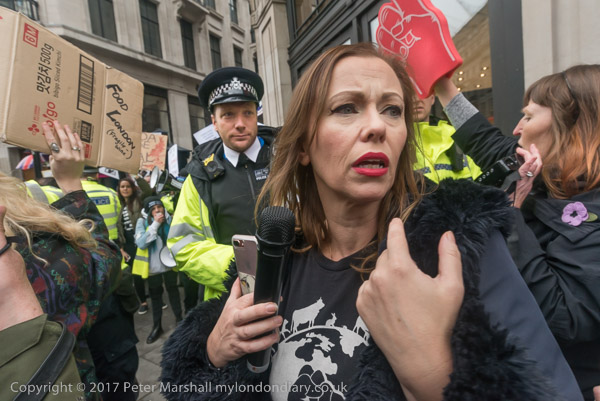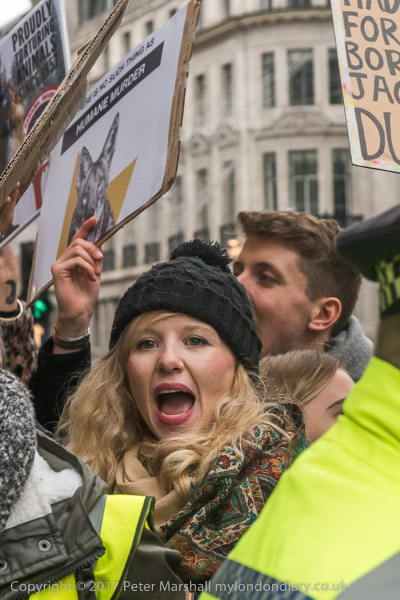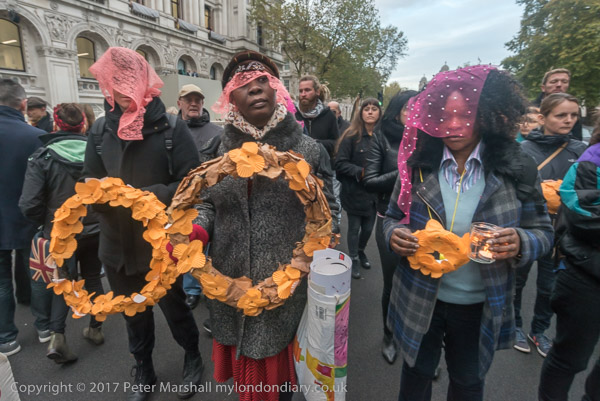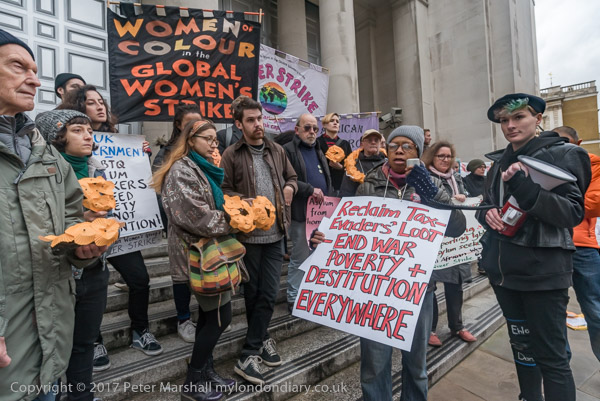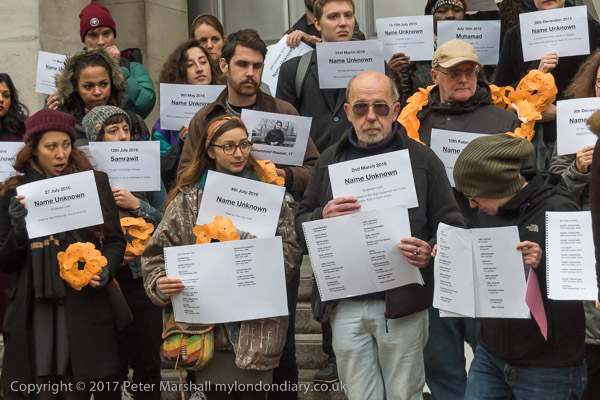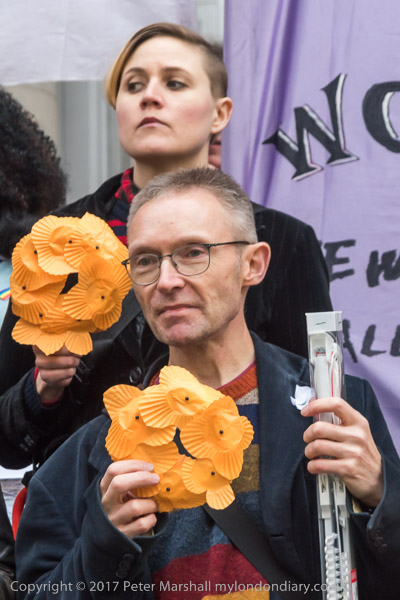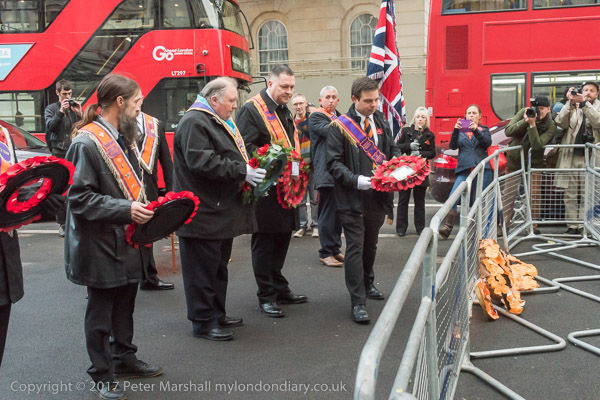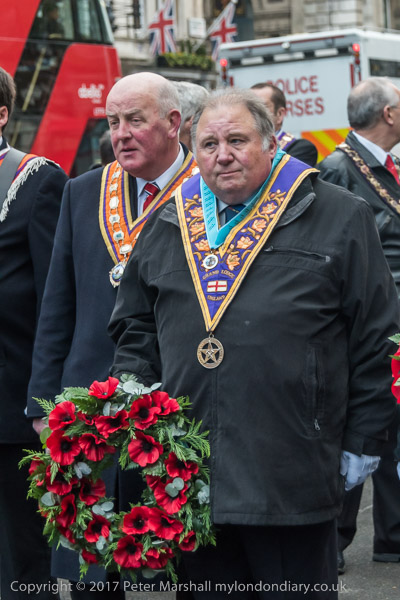The previous post on this walk I made on Sunday 29th January 1989 was Windows, A Doorway, Horse Trough and Winnie Mandela.
The Grade II listed Camberwell Fire Station by Edward Cresy Junior dating from 1867 is the earliest surviving purpose-built fire station in London, possibly in the country. Two of the three ground floor appliance bays of this gothic building have been converted to windows. It is now South London Gallery Fire Station, a contemporary arts centre for the South London Gallery. It was replaced by a more modern fire station, now demolished, in 1920.
It was only listed in November 2008, and the official listing names it as Former Peckham Fire Station. The h listing text explains that “There are a small number of surviving fire engine sheds dating from the first half of the C19: simple, single cell buildings were designed to house a fire pump and built by local vestries or by public subscriptions. The Metropolitan Fire Brigade stations are of a different order: publicly-funded, multi-storey buildings designed to provide accommodation for the newly-created fire brigade officers and to house engines, horses and equipment. “
The Amalgamated Union of Engineering Workers had their headquarters here from 1900 until 1996 when they became a part of Amicus. Their slogan ‘Be United and Industrious’ is above the door in Grummant Rd. The building was threatened with demolition in 2007 but has so far survived.
The western start of Peckham High Street and a very down at heel side street, a dead end leading around to the back of the shops. Along it can be seen some buildings of St James the Great R C Primary School. There was a school entrance here, and a footpath still leads to Sumner Street along the side of a brick school wall. What was open space here, Jocelyn Street Park, has now become, despite some local protests, Peckham Flaxyard, a council development with a total of 168 homes, of which just over half are for social rent, and a 24 for shared ownership, with around 48 for sale or rent at market prices. Part of this site was formerly occupied by a factory making laundry machines.
The corner shop was built with an entrance to suggest it was a building of some status and it looks as if it dates from around the end of the Victorian era.
The rather grandiose building at left, in 1989 an Opticians, is now the Kentish Drovers, a Wetherspoon’s pub. Until the 1990s there was a pub of the same name on the opposite side of the road with the same name. Stockmen on foot driving flocks of sheep and herds of cows up from Kent to Smithfield market might take a rest or a reviving drink in Peckham before continuing their dusty slow journey to London Bridge and on to market.
I think the doorway at No 77 is probably also a part of the pub, though the door isn’t in use. Everything to the right of this – Hyper Records, Francis Chappell & Sons Funerals, Nature Trail Health Foods and the Soujourner Truth Youth Association at 83 Peckham High Street has since been demolished along with other buildings up to 89. This now the large covered space leading to Peckham Library, Peckham Square, Peckham Pulse and the Surrey Canal Walk.
The Crown pub was at 119 Peckham Hight St. The building is still there, on the corner of Mission Place but no longer a pub. There appears to have been a pub here in 1851 and was advertising drag nights when I photographed it. It apparently morphed into a bizarrely decorated Irish pub, with a tractor in the window and tables and chairs nailed to the ceiling complete with glasses and playing cards, but apparently Sally O’Brien’s was not a success and the pub soon closed, becoming a series of shops and agencies and most recently a Tapas restaurant.
The Bun House, a pub at 96 Peckham High St on the left of this picture has the date 1898. It remained in business as a pub until January 2012 but is now a betting shop. There was a pub on this site at least by 1871. The rest of the frontages along the High Street also remain.
At right is M Manze’s Eel & Pie House, still in business, although temporarily closed in 1989. The vacant shop next door has had a number of occupants and is now a clothing shop. The crossing in the centre is still there but has only a short vestigial length of railings in a rather fancier style than those utilitarian ones in my photograph.
This junction is a convenient place for me to end this post which has mainly been on Peckham High Street. More on this walk shortly.






